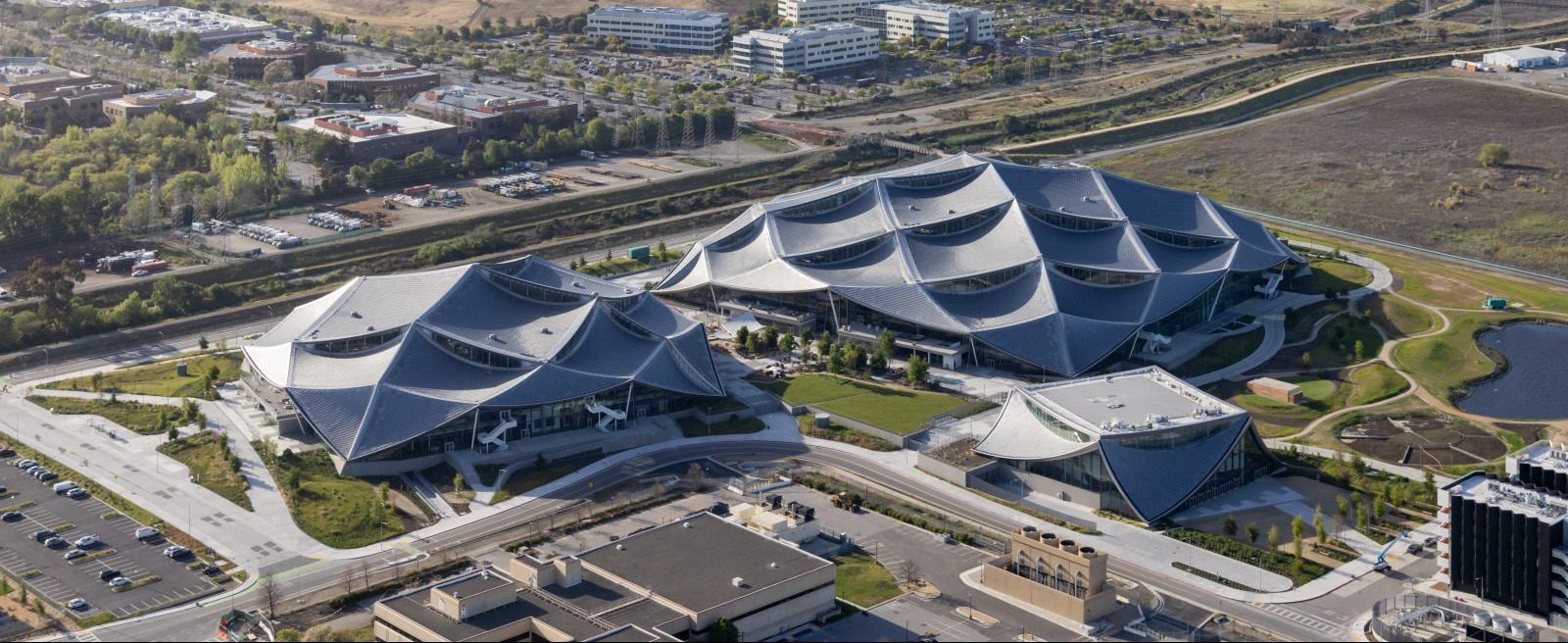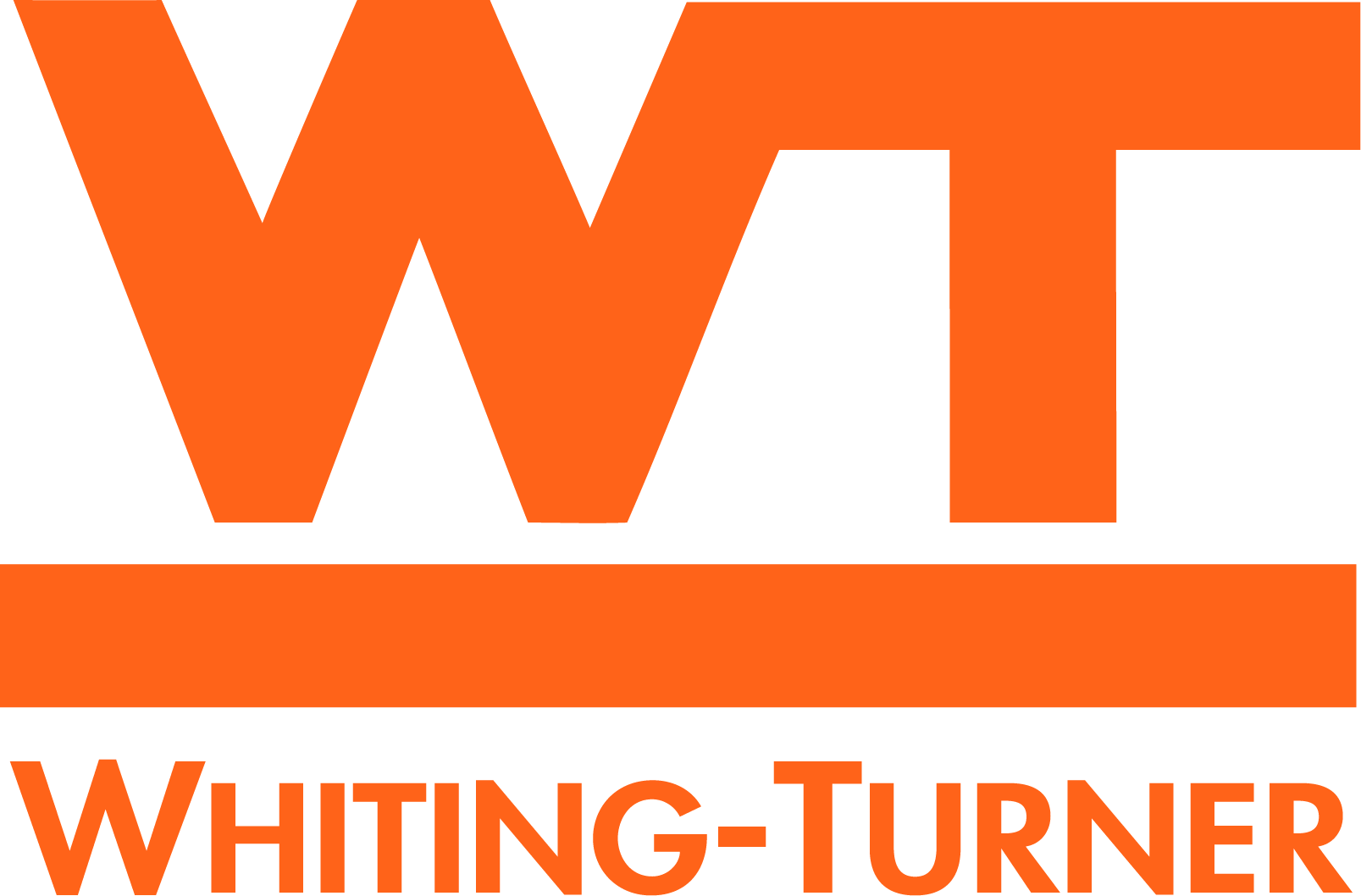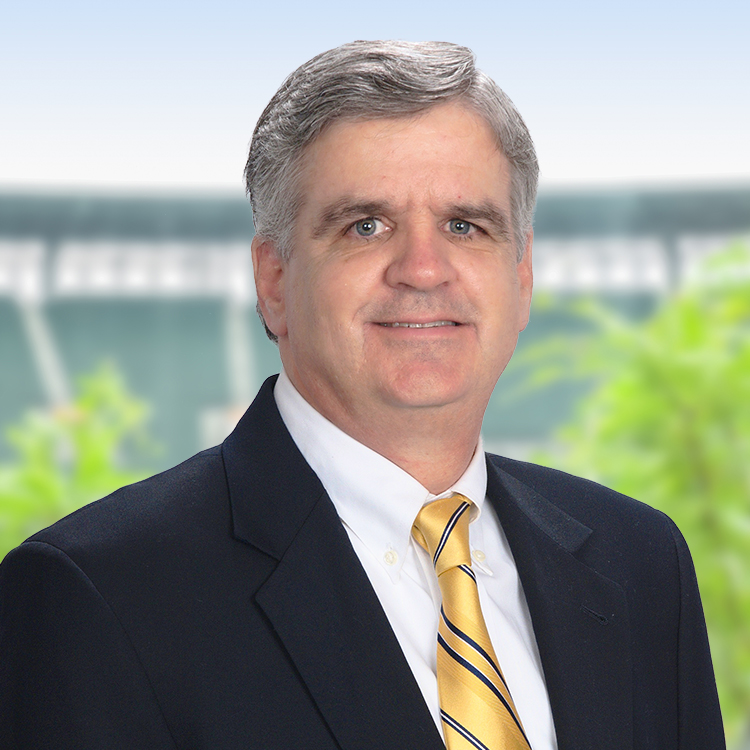Google Bay View
About
THIS PROJECT
Google’s all-electric, net water positive Bay View campus serves as the company’s global headquarters. Built on 42 acres, the project totals 1.1 million SF and includes two office buildings and an event center. The office’s first level includes meeting rooms, cafés, community and collaboration spaces, while the upper levels contain team spaces. Team spaces consist of physical collaboration space and enhanced virtual collaboration space.
PROJECT OVERVIEW
LOCATION:
Mountain View, California
West
CLIENT:
Google
In an effort to enhance the local community, recreational space, walking trails and bike lanes are seen around the campus and are accessible to the public. 17.3 acres of high-value natural areas, including wet meadows, woodlands and marsh are preserved on site to reestablish the missing essential habitat in California’s Bay Area. Within the office building, artwork from nine local artists depicting the local ecology scenes also serve as wayfinding signage.
Sustainability is a core value to the Bay View campus. The project achieved LEED Platinum certification and, as of February 2023, is the largest net zero water project in the world. It is also among the largest buildings to pursue elements of the International Living Future Institute’s Living Building Challenge Petal Certification. By 2030, Google has committed to operate every hour of every day on carbon-free energy and replenish 120% of the water the campus consumes. This project also achieved the following awards and recognitions:
- Global Project of the Year and Best Office by ENR (2022)
- Award for Sustainable Leadership in Corporate Real Estate by CoreNet Global (2022)
- Structures Award, Best Campus Project Award by Silicon Valley Business Journal (2022)
- Structures Award, Green Project Award by Silicon Valley Business Journal (2021)
- Regional Best Project: Best Specialty Construction Project (Roof Strand-Jack) by ENR (2019)
electric campus
SF OFFICE SPACE
ACRE site
Sustainable
FEATURES

Sustainability
ACTION PLAN
Google shared their sustainability goals for the project from the very beginning and the Whiting-Turner team identified how the goals related to the construction process and market trends. The team determined how elements like waste diversion, red-list-free material and closed loop recycling could be achieved and maximized while also regulating the cost and schedule. Whiting-Turner developed a sustainability action plan that detailed how each goal would be met as they related to construction. This plan included LEED Platinum requirements, Living Building Challenge objectives and documents such as the construction waste management plan and the indoor air quality management plan.
Team members from each major workstream on the project were brought together to create a Whiting-Turner sustainability task force. Working alongside Google and their consultants, the task force accomplished each objective while the project progressed. Through the course of the project, the team:
- Assisted with early waste diversion and sustainable material estimates to support the project’s objectives.
- Helped design and implement the geothermal pile system and the dragonscale solar skin.
- Bridged the gap between design and the closed-loop drywall recycling goals by working with local manufacturers to establish a process that reclaimed more than 530,000 pounds of drywall.
- Coordinated with the team to vet thousands of projects against the Living Building Challenge Red List and assisted the owner with identifying alternative methods when feasible.
- Documented the sustainability requirements and credits assigned to each certification.


